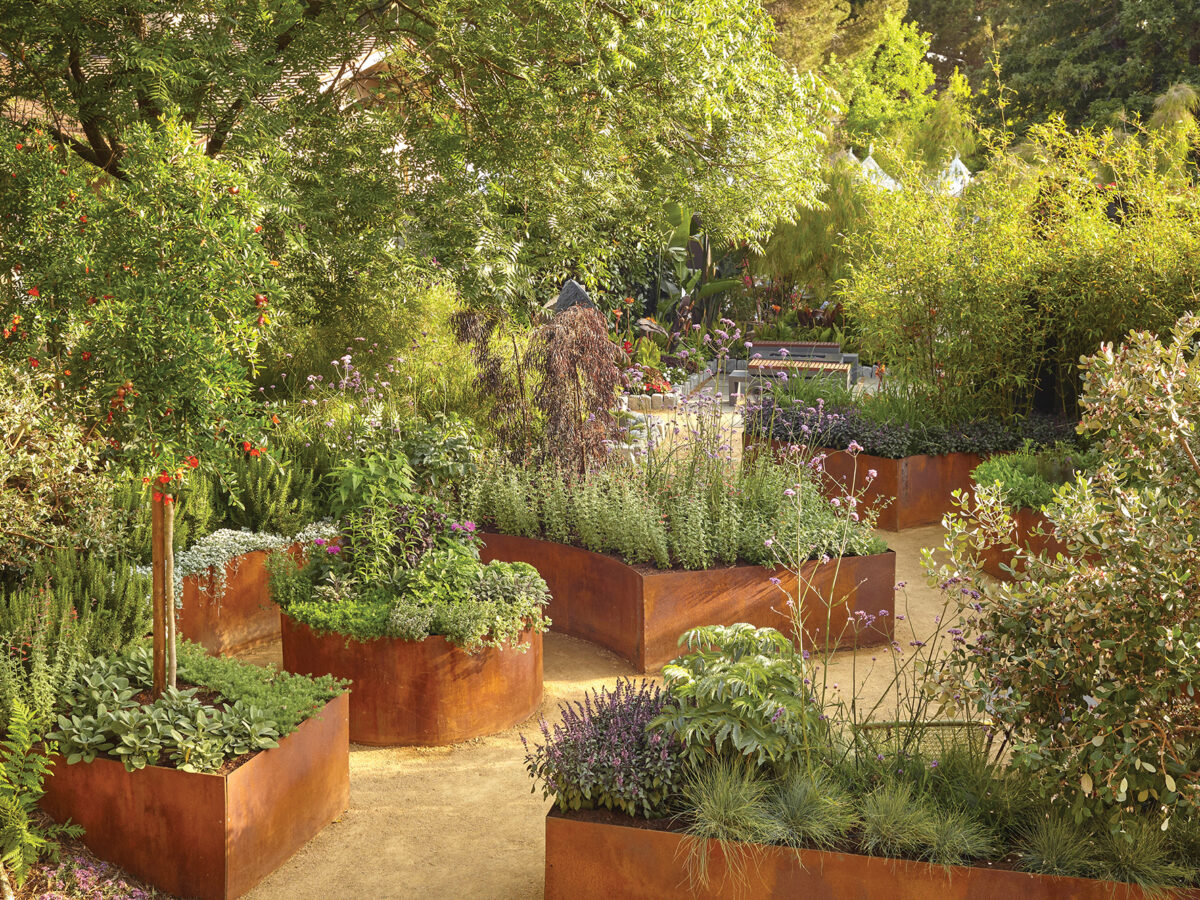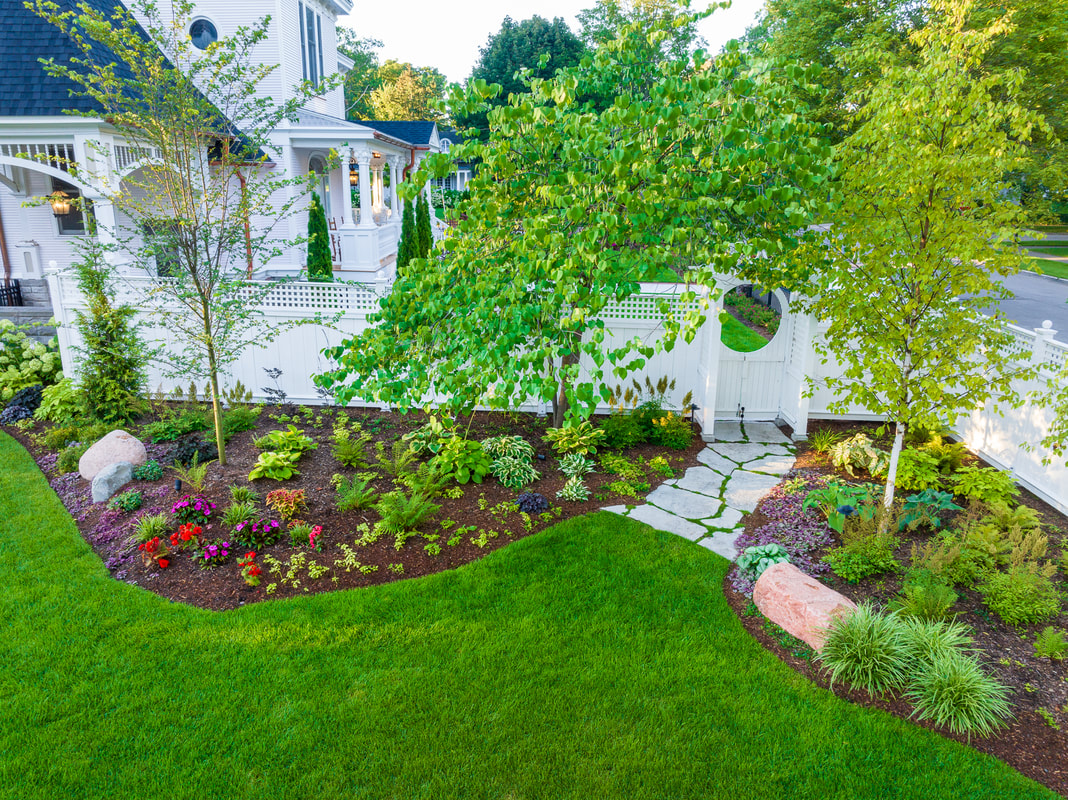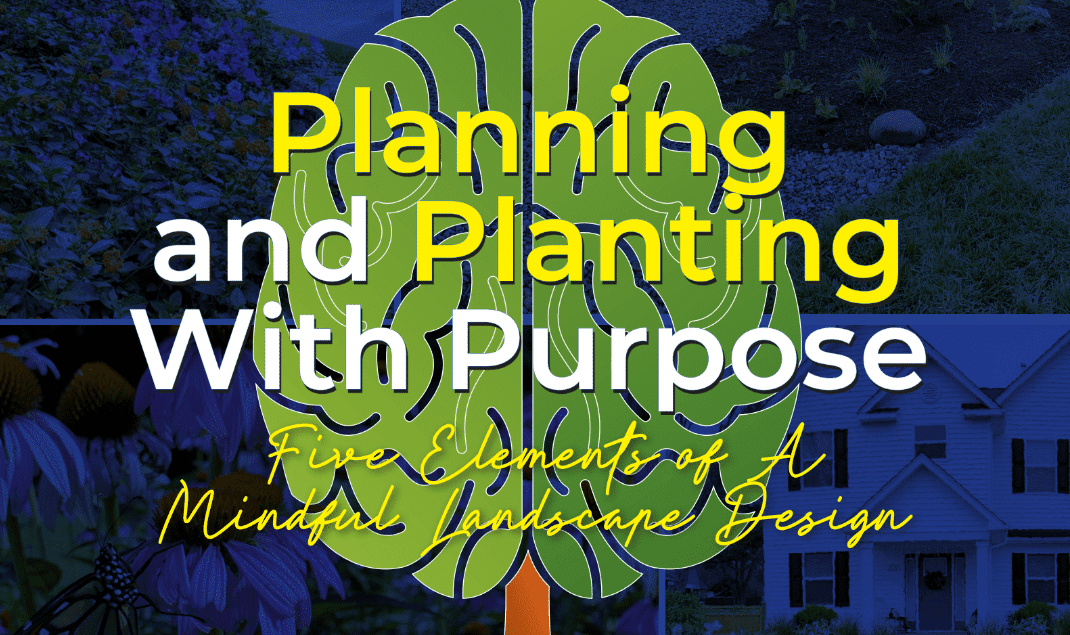The 8-Second Trick For Hilton Head Landscapes
The 8-Second Trick For Hilton Head Landscapes
Blog Article
Some Ideas on Hilton Head Landscapes You Should Know
Table of ContentsSome Known Facts About Hilton Head Landscapes.Hilton Head Landscapes Fundamentals ExplainedEverything about Hilton Head LandscapesThe 9-Minute Rule for Hilton Head LandscapesThe Facts About Hilton Head Landscapes UncoveredUnknown Facts About Hilton Head LandscapesThe Best Strategy To Use For Hilton Head LandscapesHilton Head Landscapes Things To Know Before You Get This
Kind compatibility is additionally a major component of unity in designone or more strikingly different types are excellent for contrast and emphasis, but typically all other forms ought to have some similarities for a combined look. Texture describes exactly how coarse or fine the surface area of the plant or hardscape material feels and/or looks.
Examples of plants with coarse appearance consist of philodendrons, agaves, bromeliads, hollies, hands, and hydrangeas. Hardscape with coarse structure includes rough-cut rock, rough-finished brick, and unfinished timber with knots and an elevated grain. Aged or old building material that keeps a weather-beaten surface is typically rugged in texture. Features that produce fine appearance include small vegetation; thin, strappy fallen leaves (lawns) or tall, slim stems; tiny, dense twigs and tiny branches; long stems (vines); and tiny, delicate blossoms.
Hilton Head Landscapes for Beginners
Most plants are medium structure, in that they can not be called having either rugged or great texture. They are defined by medium-sized fallen leaves with straightforward shapes and smooth edges. The average-sized branches are not densely spaced nor extensively spaced, and the total form is normally rounded or mounding. Medium-textured plants function as a history to web link and unify the crude- and fine-textured plants.

To make a room feel smaller, place the rugged structures along the external perimeter and the great structures closest to the visitor. The information of the crude texture makes the plants show up closer and makes the area really feel smaller. The perceived texture of plants can also change with the range from the plant.
Some Of Hilton Head Landscapes
Bold colors increase the comparison and make the appearance appear coarser, while muted shades can squash texture. Hardscape with a coarse texturesuch as really harsh rocks and bold, huge timberstends to make all plant product appear more moderate distinctive. Designers typically develop an appearance research study (Number 8) theoretically to help decide the setup of plant materials.
Figure 8. Appearance research study. Shade in plant material and hardscape includes rate of interest and selection to the landscape. Shade is the most obvious aspect in the landscape and is typically the emphasis of many property owners; nonetheless, it is likewise the most short-term element, normally lasting only a couple of weeks a year for individual plants.
The Of Hilton Head Landscapes
An easy description of the color wheel includes the three main colors of red, blue, and yellow; the three additional shades (a mix of 2 primaries) of environment-friendly, orange, and violet; and 6 tertiary shades (a mix of one surrounding primary and secondary color), such as red-orange. view publisher site Shade concept describes the partnership of shades per various other and just how they need to be made use of in a composition.

Analogous (often called unified) shade plans are any 3 to five colors that are nearby on the shade wheel, such as red, red-orange, orange, yellow-orange, and yellow, or blue, blue-violet, and violet (landscapers in bluffton sc). The shades are associated to each various other since they normally consist of 2 primaries mixed to form a secondary and two tertiary colors, which means they share common homes
Complementary shades are usually found normally in flowers; a common set is yellow and violet. Shade is discovered in the blossoms, vegetation, bark, and fruit of plants.
Some Ideas on Hilton Head Landscapes You Should Know
Environment-friendly foliage in all its numerous shades is the dominant shade by amount, but various other shades capture interest quicker due to their high contrast to the color green. Color is also located in buildings, rocks, pavers, timber, and furniture. Many colors in all-natural materials, such as stone and timber, are usually low-key and have a tendency to be variations of brown, tan, and light yellow.
Shades have buildings that can impact emotions, spatial assumption, light top quality, equilibrium, and focus. Great colors have a tendency to be calming and need to be utilized in locations for leisure and serenity.
All about Hilton Head Landscapes
The "temperature level" of colors can likewise impact the understanding of distance. Trendy shades tend to decline and are regarded as being farther away, making a room feel bigger. Cozy colors often tend to advancement and are regarded as being more detailed, making a space feel smaller. Shade can additionally be utilized to capture interest and straight sights.
For instance, intense yellow, which has the highest possible intensity, likewise has a high comparison with all other colors (frequently called a "pop" of color) and ought to be made use of sparingly. A percentage of extreme color has as much visual weight as a large quantity of an extra suppressed or weak shade.
Similar (sometimes called harmonious) shade systems are any type of three to 5 shades that are adjacent on the color wheel, such as red, red-orange, orange, yellow-orange, and yellow, or blue, blue-violet, and violet. The shades relate to every other since they commonly consist of 2 primaries blended to develop a secondary and two tertiary shades, which implies they share common homes.
Getting My Hilton Head Landscapes To Work
They often tend to have high contrast between them. One of the most common sets are violet and yellow, red and eco-friendly, and blue and orange. Complementary colors are typically found normally in flowers; an usual set is yellow and violet. Color is located in the flowers, vegetation, bark, and fruit of plants.
Environment-friendly foliage in all its numerous shades is the leading color by quantity, but various other colors record interest quicker due to their high comparison to the shade eco-friendly - hilton head landscapers - https://scriaoll-troos-gaerk.yolasite.com. Color is also located in buildings, rocks, pavers, timber, and furniture. The majority of colors in all-natural materials, such as stone and timber, are typically soft and have a tendency to be variants of brown, tan, and light yellow
Little Known Questions About Hilton Head Landscapes.
Colors have residential or commercial properties that can impact emotions, spatial assumption, light quality, balance, and emphasis. Awesome shades have a tendency to be calming and ought to be utilized in locations for leisure and tranquility.
The "temperature level" of colors can also influence the assumption of range. Trendy colors often tend to recede and are regarded as being further away, making an area really feel larger. Warm colors have a tendency to development and are viewed as being better, making an area feel smaller. Color can also be made use of to catch interest and straight sights.
For instance, intense yellow, which has the greatest intensity, additionally has a high comparison with all other shades (typically referred to as a "pop" of color) and should be made use of moderately. A little amount of extreme shade has as much visual weight as a huge amount of an extra suppressed or weaker shade.
Report this page